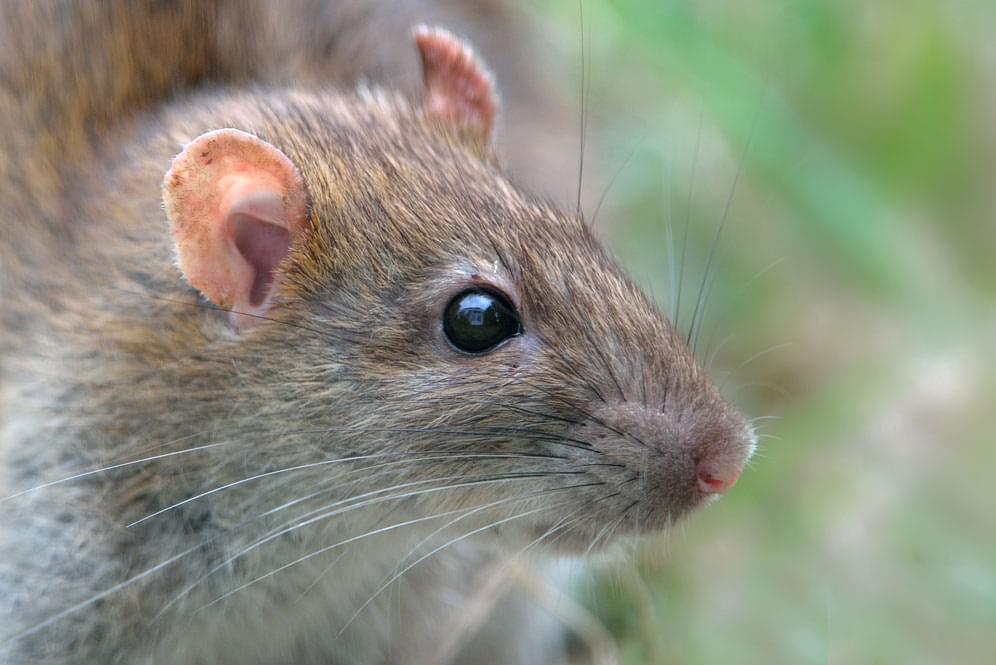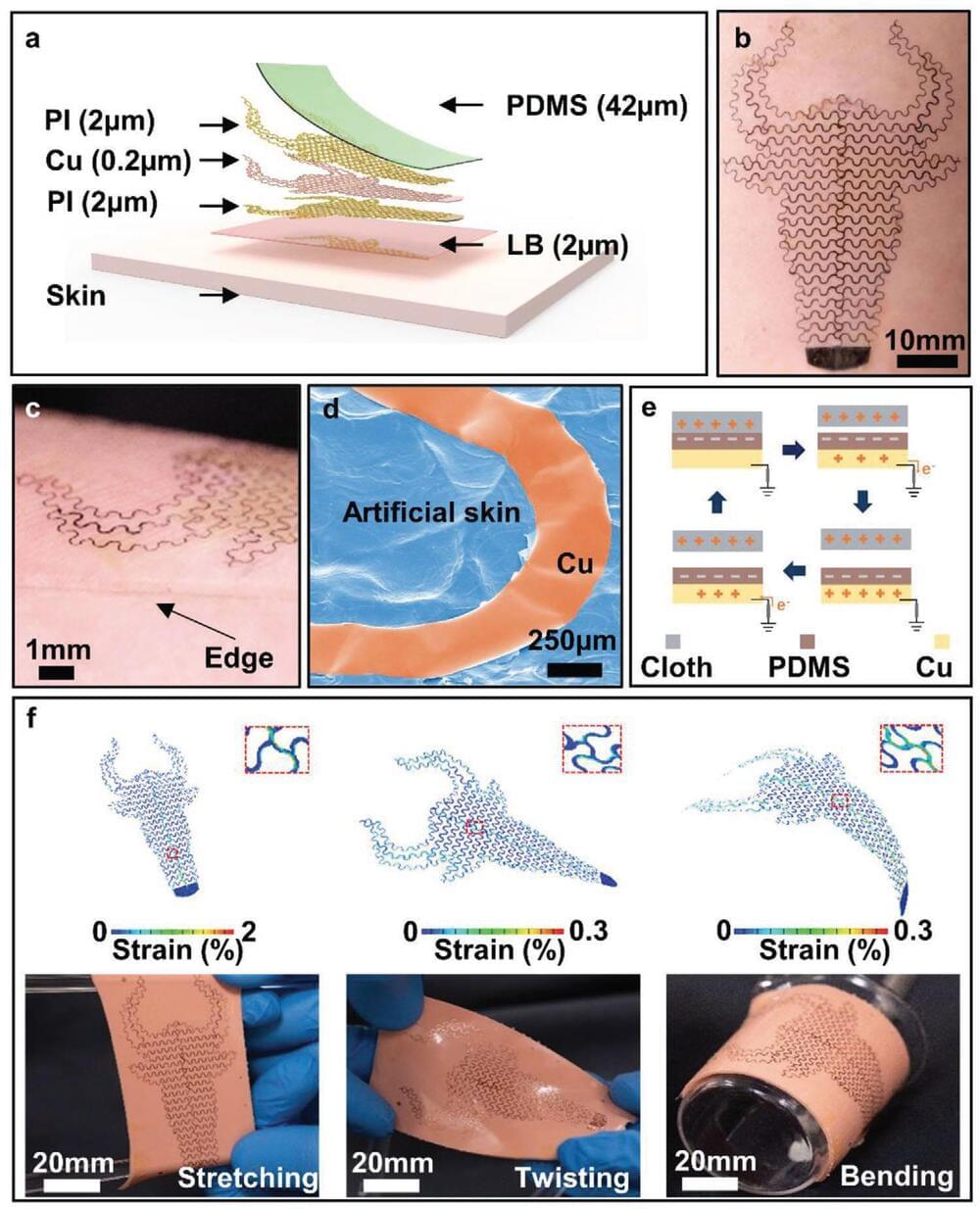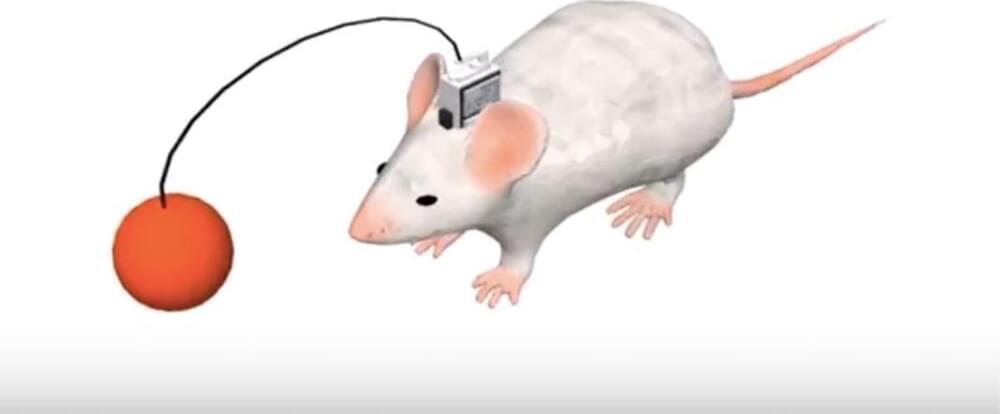Synchron, a neurovascular bioelectronics medicine company, today announced publication of a first-in-human study demonstrating successful use of the Stentrode™ brain-computer interface (BCI), or neuroprosthesis. Specifically, the study shows the Stentrode’s ability to enable patients with severe paralysis to resume daily tasks, including texting, emailing, shopping and banking online, through direct thought, and without the need for open brain surgery. The study is the first to demonstrate that a BCI implanted via the patient’s blood vessels is able to restore the transmission of brain impulses out of the body, and did so wirelessly. The patients were able to use their impulses to control digital devices without the need for a touchscreen, mouse, keyboard or voice activation technology. This feasibility study was published in the Journal of NeuroInterventional Surgery (JNIS), the leading international peer-review journal for the clinical field of neurointerventional surgery, and official journal of the Society of NeuroInterventional Surgery (SNIS).
Category: cyborgs – Page 40

Nanotech Injections Restore Vision In Blind Rats
Year 2020 face_with_colon_three
An international team of scientists have restored the vision in blind rats using a nanoparticle-based artificial retina prosthesis that can be injected directly into the eye. The scientific advance has been successfully demonstrated for a period of eight months without the need for surgery. While it is still early days for the research, it suggests it might one day be possible to use the conjugated polymer nanoparticle (P3HT-NP) treatment in humans to correct eye problems –ranging from hereditary retinal dystrophies to the incredibly common age-related macular degeneration.
“In our ‘liquid retina device,’ P3HT nanoparticles spread out over the entire subretinal space and promoted light-dependent activation of spared inner retinal neurons, recovering subcortical, cortical and behavioral visual responses,” Fabio Benfenati, research director at the Italian Institute of Technology, told Digital Trends. “We think that P3HT-NPs provide a new avenue in retinal prosthetics.”
Retinal prostheses refer to implantable devices that are designed to help restore sight in patients with retinal degeneration. They work by introducing visual information into the retina through the electrical stimulation of surviving retinal neurons. While promising, current retinal prostheses have so far been shown to only return low-resolution vision: Useful for things like distinguishing between light and dark or recognizing simple shapes and objects. This new nanotech approach appears far more promising, offering significantly higher resolution. After just one injection, activity in the rats’ visual cortex and visual acuity were the same as those found in healthy rats.
I got a chip implanted in a biohacking garage
In the underground movement known as, people are taking their health into their own hands. Biohacking ranges from people making simple lifestyle changes to extreme body modifications.
One popular form of focuses on nutrigenomics, where biohackers study how the foods they eat affect their genes over time. They believe they can map and track the way their diet affects genetic function. They use dietary restrictions and blood tests, while tracking their moods, energy levels, behaviors, and cognitive abilities.
Then there are grinders, a subculture of A grinder believes there’s a hack for every part of the body. Rather than attempting to modify our existing biology, grinders seek to enhance it with implanted technology.
Hugo de Garis interview — part 3 — Terrans, Cosmists & Cyborgs 2010/10/09 007–1
Interview with Hugo in Melbourne after the Singularity Summit Australia 2010, conducted by Adam A. Ford.
Terrans, Cyborgs and Cosmists — Varieties of human groups. Species dominance.
Bio: Prof. Dr. Hugo de Garis, 63, has lived in 7 countries. He recently retired from his role of Director of the Artificial Brain Lab (ABL) at Xiamen University, China, where he was building China’s first artificial brain. He and his friend Prof. Dr. Ben Goertzel have just finished guest editing a special issue on artificial brains for Neurocomputing journal (December 2010), the first of its kind on the planet.
He continues to live in China, where his U.S. savings go 7 times further, given China’s much lower cost of living. He spends his afternoons in his favorite (beautiful) park, and his nights in his apartment, intensively studying PhD-level pure math and mathematical physics to be able to write books on topics such as femtometer scale technology (“femtotech”), topological quantum computing (TQC), as well as other technical and sociopolitical themes.
He is the author of two books: The Artilect War: Cosmists vs. Terrans : A Bitter Controversy Concerning Whether Humanity Should Build Godlike Massively Intelligent Machines (2005) and Multis and Mono: What the Multicultured Can Teach the Monocultured: Towards the Creation of a Global State (2010). Both these books are concerned with the political consequences of future technologies.
He labels his new lifestyle “ARCing” (After-Retirement Careering), feeling freed from wage slavery, spending (probably) the remaining 30 years of his life pursuing with passion those deep and interesting topics that truly fascinate him, without having to waste huge amounts of time writing an endless stream of relatively unread, un-meaningful, short-horizon scientific papers or research grant proposals just to receive a salary. He feels liberated from all that, and can recommend ARCing to anyone with sufficient savings (i.e… to take up “wage free careering in the third of life”).
Humans SHOULD Become Cyborgs
In this video, I’m arguing that humans should become cyborgs and more about Transhumanism.
We are going to look at a few ideas which embrace the concept of artificial intelligence and cybernetics – the idea that we can fundamentally change the way that we think and interact with the world.


Electronic nanogenerator tattoos as human-machine interfaces
The field of epidermal electronics, or e-tattoos, covers a wide range of flexible and stretchable monitoring gadgets that are wearable directly on the skin. We have covered this area in multiple Nanowerk Spotlights, for instance stick-on epidermal electronics tattoo to measure UV exposure or tattoo-type biosensors based on graphene; and we also have posted a primer on electronic skin.
Taking the concept of e-tattoos a step further, integrating them with triboelectric nanogenerators (TENGs), for instance for health monitoring, could lead to next generation wearable nanogenerators and Internet-of-things devices worn directly on and powered by the skin.
In work reported in Advanced Functional Materials (“Triboelectric Nanogenerator Tattoos Enabled by Epidermal Electronic Technologies”), researchers report a tattoo-like TENG (TL-TENG) design with a thickness of tens of micrometers, that can interface with skin without additional adhesive layers, and be used for energy harvesting from daily activities.


Why Scientists are Giving Robots Human Muscles
Human-robot hybrids are advancing quickly, but the applications aren’t just for complete synthetic humans. There’s a lot we can learn about ourselves in the process.
Hosted by: Hank Green.
SciShow has a spinoff podcast! It’s called SciShow Tangents. Check it out at http://www.scishowtangents.org.
———
Head to https://scishowfinds.com/ for hand selected artifacts of the universe!
———
Support SciShow by becoming a patron on Patreon: https://www.patreon.com/scishow.
———
Dooblydoo thanks go to the following Patreon supporters: Lazarus G, Sam Lutfi, D.A. Noe, سلطان الخليفي, Piya Shedden, KatieMarie Magnone, Scott Satovsky Jr, Charles Southerland, Patrick D. Ashmore, Tim Curwick, charles george, Kevin Bealer, Chris Peters.
———
Looking for SciShow elsewhere on the internet?
Facebook: http://www.facebook.com/scishow.
Twitter: http://www.twitter.com/scishow.
Tumblr: http://scishow.tumblr.com.
Instagram: http://instagram.com/thescishow.
———
Sources:
http://robotics.sciencemag.org/content/3/18/eaat4440
https://www.iis.u-tokyo.ac.jp/en/news/2916/
http://www.stroke.org/we-can-help/survivors/stroke-recovery/…emiparesis.
http://brainfoundation.org.au/images/stories/applicant_essay…_Terry.pdf.
https://www.ncbi.nlm.nih.gov/pubmedhealth/PMHT0027058/
https://training.seer.cancer.gov/anatomy/muscular/structure.html.
https://biodesign.seas.harvard.edu/soft-robotics.
https://www.nature.com/articles/nature14543
Images:
https://commons.wikimedia.org/wiki/File: Repliee_Q2_face.jpg.